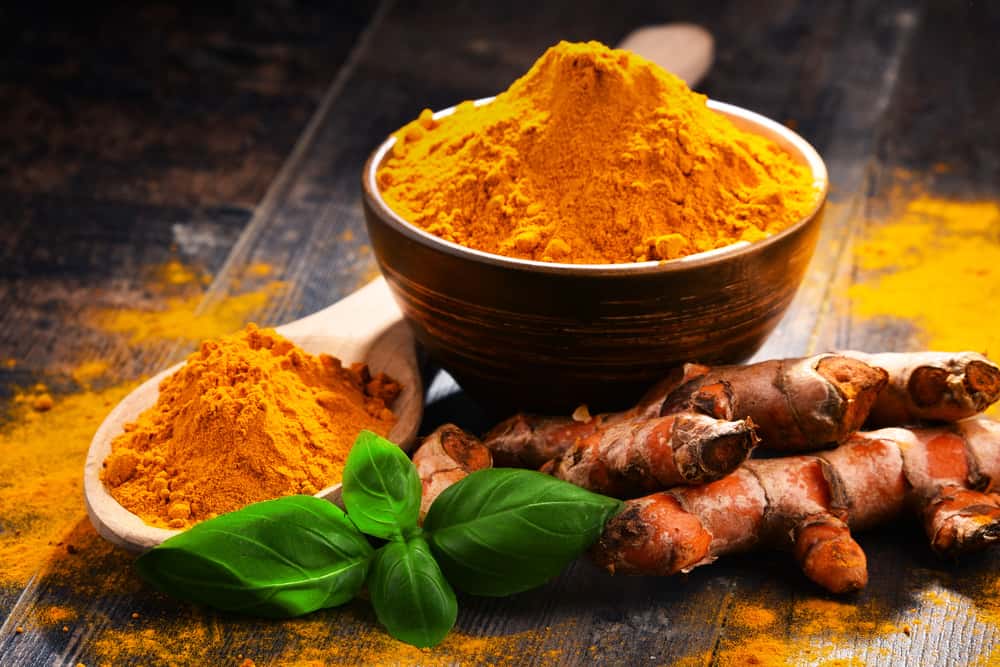The Health Benefits of Turmeric and how to use it

What is Turmeric?
Turmeric is an orange colored spice from the root of the curcuma longa plant, which is the same perennial family as ginger. Turmeric is one of the main ingredients in curry, so not only does it taste yummy, it also has many health benefits.
What are the Health Benefits of Turmeric?
Turmeric has long been touted for its anti-inflammatory properties, meaning it lowers the inflammation or swelling in your body. In fact, turmeric has deep roots in both Chinese traditional medicine and Ayurveda for treating arthritis. But the health benefits of turmeric may go well beyond arthritis. According to the Mayo Clinic, turmeric may be beneficial for these conditions:
● Reducing hay fever symptoms such as sneezing, itching and runny nose
● Possibly reducing the fat build-up in the liver of people with non-alcoholic fatty liver disease or NAFLD, who drink little to no alcohol
● Improving inflammation or swelling inside the mouth during radiation when used as a lozenge or mouth rinse
● Lowering swelling and pain in osteoarthritis, potentially as well as Ibuprofen
● Reducing itching from various conditions
● Lowering triglycerides, a type of blood fat. There is conflicting research on whether it lowers cholesterol or not
● Reduces depression symptoms in people already using an anti-depression medication
The active compound in Turmeric, curcumin, is often extracted and used in supplements, sometimes giving supplements a bigger health punch than using turmeric in its natural form such as in curry. According to a study from The American Journal of Geriatric Psychiatry, a turmeric supplement called Theracurmin,® containing 90 mg of curcumin, used twice daily
may help improve memory and attention in non-dementia patients.
So how much Turmeric should you take?
It’s always best to check with your doctor, naturopath or dietitian to determine the best personal dose. However, according to most research, turmeric products that provide up to 8 grams of curcumin daily seem to be safe when used for up to 2 months. In addition, taking up to 3 grams of turmeric daily seems to be safe when used for up to 3 months. Taking turmeric with a bit of fat may increase the absorption of curcumin and help deliver the health benefits. Side effects of turmeric may include stomach upset, nausea, dizziness, or diarrhea. Taking higher doses could potentially increase the risk of these side effects for some people.
What about Cooking with Turmeric?
Using turmeric as a spice is generally safe for most people and has long been a tradition in many cultures as curries and other delicious dishes. Although using the spice traditionally may not be as potent of a dose as using a supplement, the overall health benefits of incorporating this delicious spice in your cooking are still beneficial – and it tastes great!
Now that you know a little more about Turmeric, why not try making Golden Milk, traditionally known as Haldi Doodh?
Golden Milk Spice Mix
3 Tablespoons ground Turmeric
2 teaspoons ground ginger
2 teaspoons ground cinnamon
½ to 1 teaspoon ground black pepper
¼ teaspoon ground cardamom
Mix and store in a small airtight container.
Simply Spiced Golden Milk Recipe
Makes 1 serving
1 cup coconut milk, almond milk, or milk of choice
1 teaspoon Golden Milk Spice Mix
1 teaspoon honey, agave syrup or sugar, to taste
In a small saucepan, heat milk and spice mix over medium heat to desired temperature. Carefully pour into a cup; sweeten to taste and enjoy!
To learn more about Turmeric, link on over to dietitianonwheels.com to learn how to Turn on the Turmeric! To learn more about the health benefits of ginger, and to learn how to make delicious chai tea, link to our recent article about the health benefits of ginger here.
